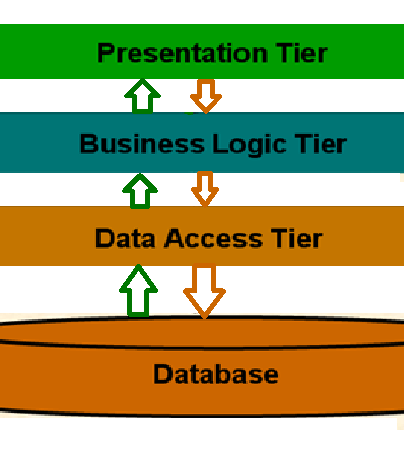Installing ASP.NET MVC 4 Development Components
Installing ASP.NET MVC 4 Development Components:
One of the questions often asked by developers who are new
to MVC is whether ASP.NET MVC 4 can run side by side with older versions of
ASP.NET MVC. The answer is yes. After installing MVC 4, you can still create
and work with applications using MVC 1, 2, and 3.
For your development environment, all versions of Visual
Studio 2012 include ASP.NET MVC 4, so if you are using a version of Visual
Studio 2012, you can skip ahead to the section “Visual Studio Application
Templates.” If you are using Visual Studio 2010, you need to install ASP.NET
MVC 4 separately. For this task, you can use either the Microsoft Web Platform
Installer (WebPI) or the stand-alone installer.
WebPI is a free, tiny (2MB) tool that allows you to download
and install the latest components of the Microsoft Web Platform. Those
components may be server components such as Internet Information Services
(IIS), frameworks such as ASP.NET MVC or PHP, databases like SQL Server or
MySQL, tools like Visual Studio Express 2012 and Microsoft WebMatrix 2,or even Windows
Azure components like SDKs and libraries.
The stand-alone installer is a single executable file that
you download from Microsoft. The advantage of the stand-alone installer is that
it works offline, so it can be used for distribution in corporate environments.
Personally, I like to use Web PI simply because it does all
the work of finding any required dependencies and includes them for
installation if they are not already present (and it does so in the correct
order). Therefore, I’ll present that option first, and then present the option
of using the stand-alone installer.




Comments
Post a Comment